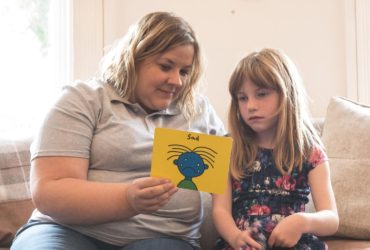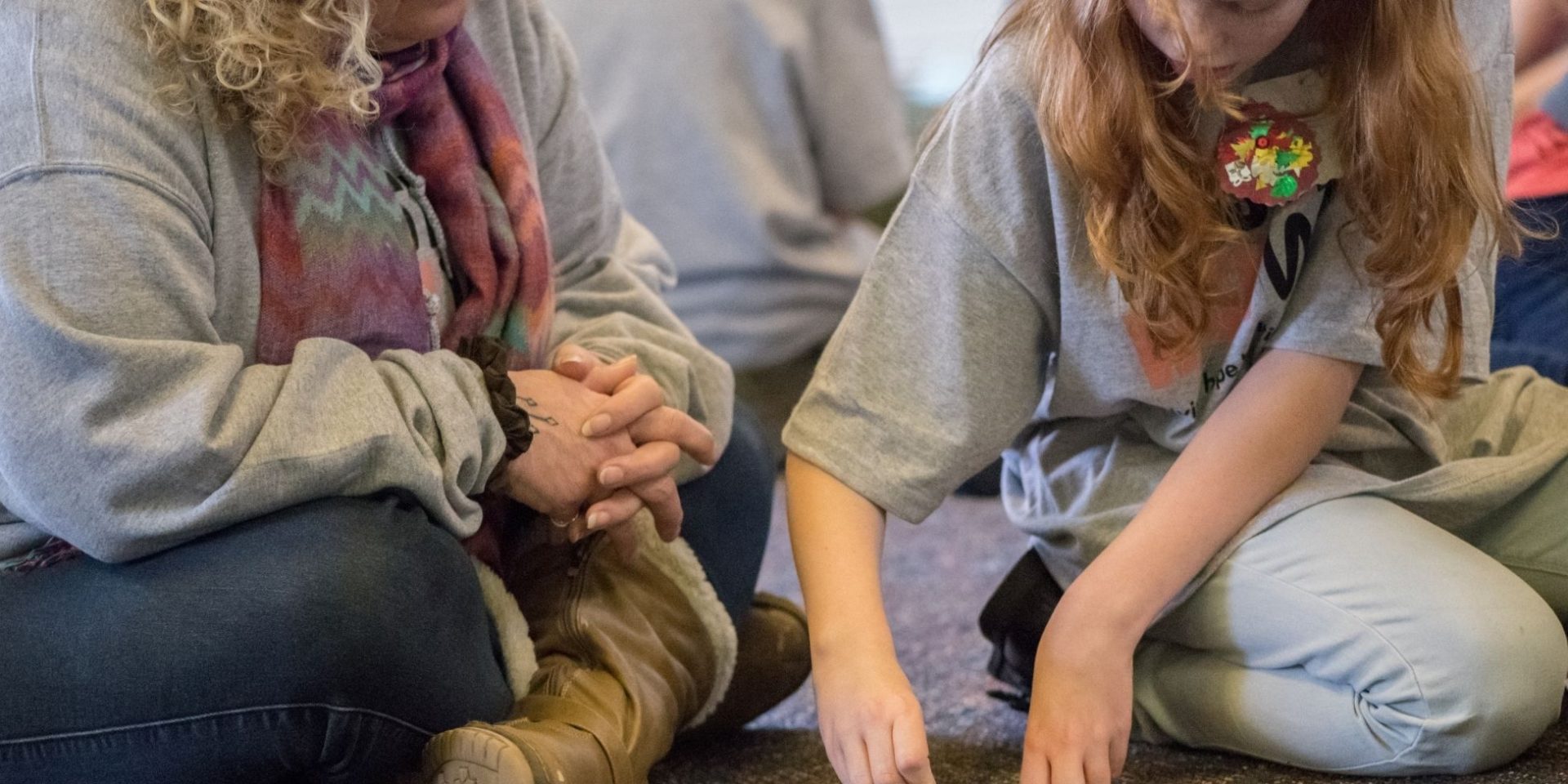When a parent, sibling or someone important dies, memories become even more important to children as a way of continuing the bond between them and this person. Finding ways to help grieving children and young people to remember someone who has died and finding ways of handling difficult memories can make a huge difference to how children grieve.
Children and young people who were old enough to have memories of the person who died can often worry that they will forget them – their voice, their smile, their smell. So helping them to maintain those memories can help them with their grief.
Other children may have been too young when the person died to have many memories. This can make them feel distanced from the person who should feel so close. For them, telling stories and sharing your memories of that person can help them as they grow up.
Sometimes, children will have had a challenging or very distant relationship with the person who died. Talking about positive memories, while also acknowledging difficult ones, can help a child gain perspective on the person and find a way to grieve.
Helping a child to remember someone who died
For those who were old enough to have memories of the person who died, it can be important to refresh them. This could be through activities such as sharing photographs of past events or creating a collection of special things connected with person. Refreshing memories is a little like re-saving a computer file: the memory is kept vivid and strong. Here are some ideas:
1. Putting together a memory box
A memory box is a place to keep all kinds of things that remind children and young people of the person who has died. This can include jewellery or a watch, cards or items of clothing like a tie or scarf. You could include tickets from places visited together (a film, a museum, a football match), copies of their favourite music, perfume or aftershave associated with the person who has died. Click here to download our step-by-step guide to creating a memory box.
2. Having a special day or part of a day in memory of the person who has died
It can help to have a dedicated time to remember the person who has died when you do things that remind you of them. This can include going to a place you associate with them and taking their favourite sandwiches (and yours!) and cake. You could listen to a favourite album or track or watch their favourite film. Or you could wear their favourite colour and have their favourite takeaway.
3. Creating a jar of memories
This can be a big jar in which people slip post-it notes with memories of the person who died whenever they like. Anyone who wants to remember can pull one out at random.
4. Planting bulbs for spring
Children can write memories on little pieces of paper that can be placed in the soil and spring bulbs planted. Their flowering recalls the memories.
Helping a child who has no memories of the person who has died
Some children may have been too young when the person died to have many memories. For them, stories are a way to remember someone who has died. Looking back on our own childhoods, it can be hard to know whether something is a memory or a story. Being told stories is a way of creating and maintaining the precious link between the child and their important person. Here are some ideas:
1. Creating a ‘quiz’ about the person
Create a list of questions to give to the child and they have to find out the answers from family members and friends. Questions could be: What was the naughtiest thing they did at school? What was their favourite band when they were 17? Did they have their own room when they grew up? What was it like? Did they ever play in a band or a sports team? Download our free Life Quiz activity sheet to get started.
2. Creating a box of stories
Friends and family members write the starting lines of stories on postcards and these are stored in a box for children to ‘claim’ when they are older. This is easier for people than writing out long reminiscences and it’s even better for children to hear a story being told. Starts for stories could be along the lines of: The time we got stock on the school roof… The time we went to the gig on the wrong day… The time they told me that they were going to have a baby…
3. Drawing up a timeline
Plotting events in the person’s life along a ‘river’ of memories can help a child gain a sense of the person. Putting together some dates (for example, the person’s birthday, the year they went to school and left school, wedding days, the child’s own birthday etc) can give a child a precious sense of how this person’s life was interwoven with their own.
How to get specialist bereavement support
Our team can offer more advice, information, resources and support for grieving children or young people. We can also help parent, carers, family members and professionals to support a grieving child. You can call us on 08088 020 021 or email us on ask@winstonswish.org. We’re available 8am-8pm, Monday to Friday.
Our Winston’s Wish Crisis Messenger is available 24/7 for urgent support in a crisis. Text WW to 85258.
Other resources you might find helpful

Information and advice
Advice and resources to support children and young people, including on bereavement by suicide, homicide and serious illness.

Activities for bereaved children
Download our activities to help grieving children and young people to explore and express their feelings and emotions and to help them maintain memories of the person who has died.


